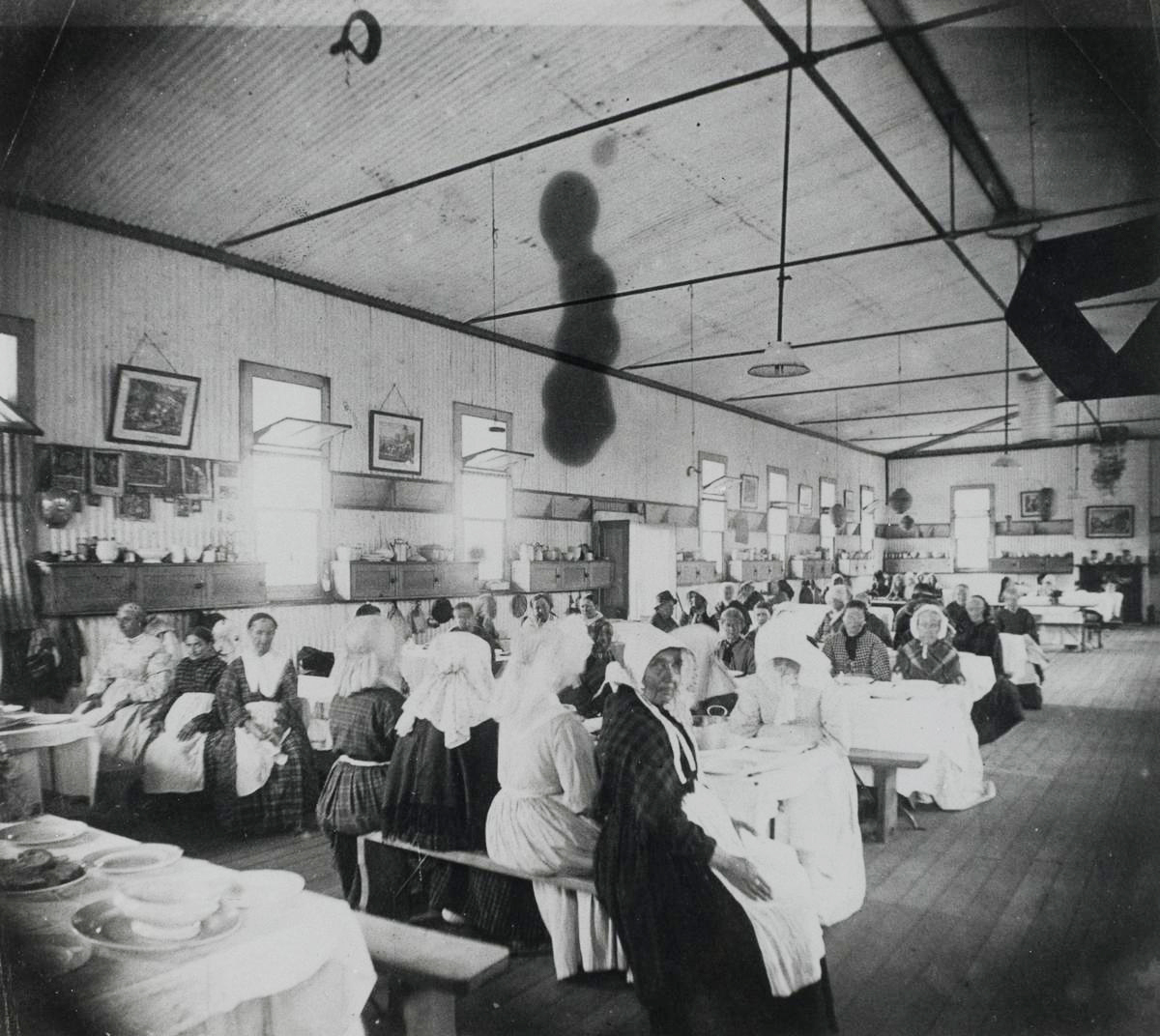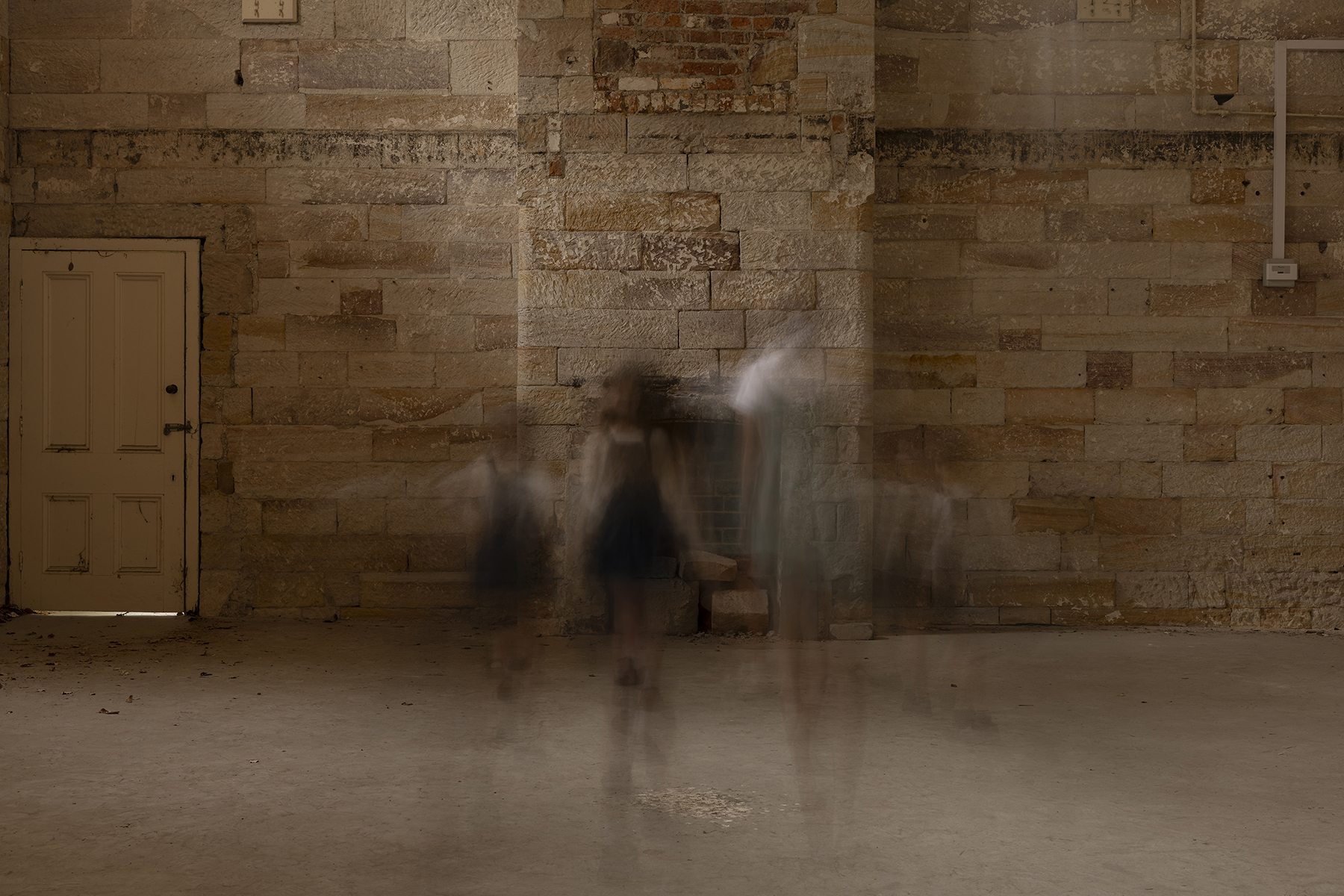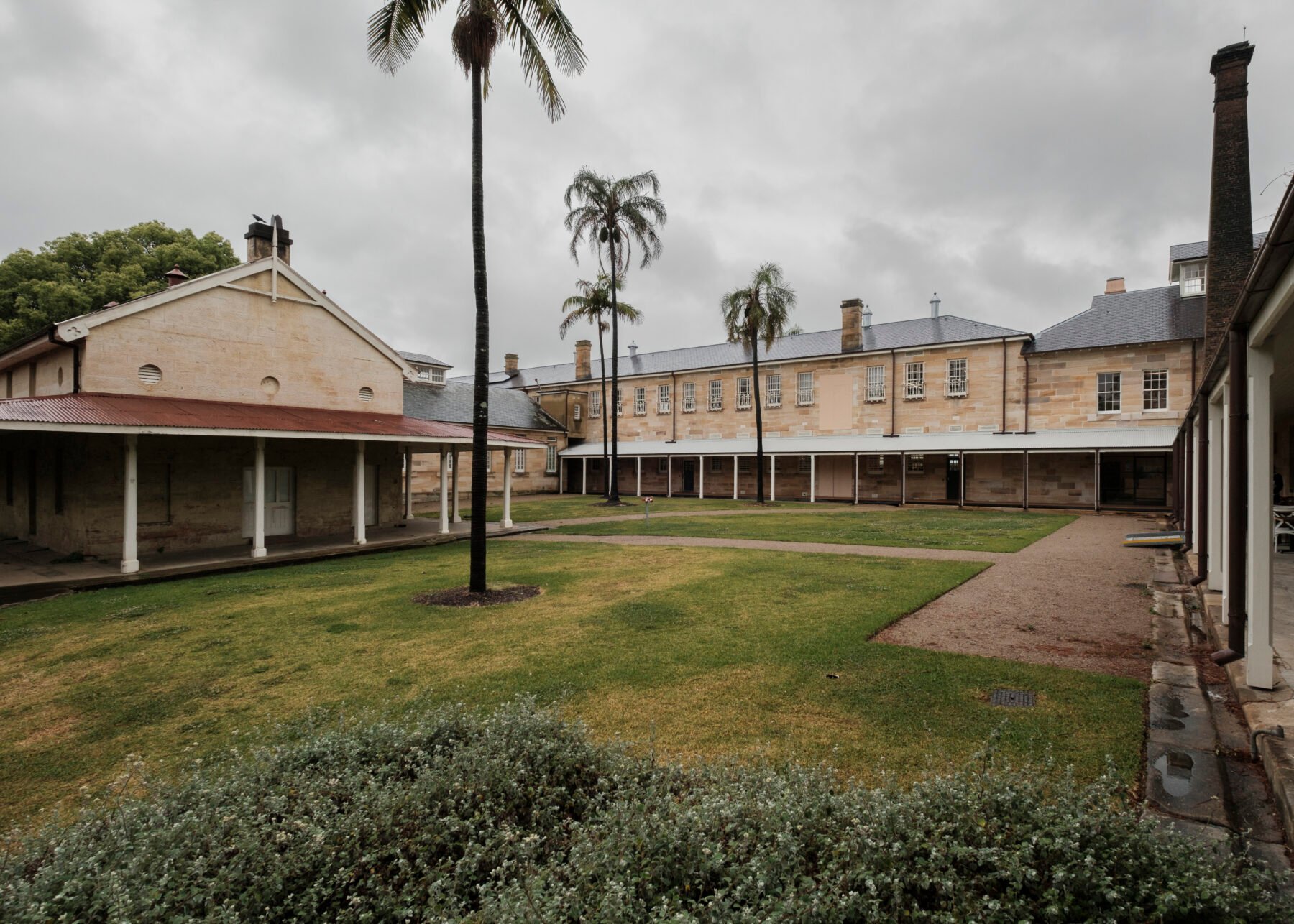Well-behaved women seldom make history. The forgotten lives of women at the Parramatta Female Factory show female convicts rarely make it into the history books, either. Between 1821 and 1848, thousands of women passed through this institution, 25km west of Sydney, New South Wales. Many of their names and histories are lost to time – but their collective legacy still resonates at the site.
“You stand here and you feel it; those women are talking to you through the walls,” says Gay Hendriksen, president and research coordinator at Parramatta Female Factory Friends, a community action group working to protect and conserve the site. “It’s an extraordinary place, and extraordinary that it still survives – which is why we want World Heritage Site listing.”
The surviving buildings and structures of the Parramatta Female Factory and Institutions Precinct have been nominated to become a UNESCO World Heritage Site, and it’s expected to achieve this status in 2027 or 2028. From 1821 until the 1990s, this 27ha site was home to various welfare institutions for women and girls, from ‘lunatic’ asylums and orphanages, to 20th-century detention centres and correctional schools. But its earliest role was the Parramatta Female Factory, of which just three buildings survive, including female-only convict barracks and original walkways and courtyards.

Built between 1818 and ’21, the Parramatta Female Factory was Australia’s first purpose-built institution for convict women. “The factory was multiple things,” Gay says. “It was a barracks and a holding bay for convict women who came out on ships. It was a factory, it produced linen and wool and linsey-woolsey, thousands and thousands of yards. It was a marriage bureau … [and] it was a hospital – the first women’s health service in the colony.”
All unassigned female convicts who arrived at the colony of NSW were sent here and employed in the factory until they received assignment or got married. (Female convicts already working in the colony – usually in domestic service – could be sent here if they misbehaved at work, including falling pregnant.) It is not known how many women passed through this factory, but estimates range from 5000 to 9000.
“The challenge for us is … the big destruction of records by the government in the 19th century. As a result, we have no jail entrance books. We have no defining list of these women, so the list has come from research and family historians,” Gay says.
A woman’s experience at the factory ultimately depended on her allocated ‘class’, a system that incentivised and rewarded good behaviour. The well-behaved convicts in first class – the merit class – were eligible for assignment (working for a private landowner), received a lighter workload and could apply to get married; women in the second class were on probation, or withheld from assignment because they were serving sentences, or were sick or pregnant; and third class women – the crime class – were confined to solitary cells and subjected to hard labour such as breaking stones and oakum picking (unravelling old ropes by separating their fibres).
The work allocated to women in the first and second classes included needlework, hat making, weaving, cleaning, straw plaiting and cloth scouring. Crime-class women were given an inferior diet and had their hair forcibly shaved. The site’s layout deliberately separated well-behaved convicts from those sentenced to punishment.
Moral decay and convict stigma
It was important to keep unassigned convict women contained within the site’s 4.5m walls, not just for their physical safety, but also to ‘protect’ the colony from moral decay. Visiting the Australian colonies from 1830 to ’33, Lieutenant W.H. Breton described female convicts as “utterly irreclaimable, being the most worthless and abandoned of human beings! … they are, taken as a body, infinitely worse than the males!”
Colonial authorities were doubtful these convicted women would have a positive moralising impact on the colony’s men, who outnumbered women six to one. In 1826, Reverend Samuel Marsden published a pamphlet that warned, “the moral evils increased continually with the increasing number of female convicts transported from Europe”.
Such negative, scornful attitudes towards convicts lingered in Australian society for decades. In the early 20th century, many families kept their convict ancestry secret to avoid the stigma still attached to it. But as Australia’s national identity evolved, so too did public opinion about convict men and women. “It’s not just those in power who have a story,” Gay says. “Every life counts and every story counts.”

Researchers and family historians have spent decades piecing together personal stories of convict women at the Parramatta Female Factory that cast them in a more sympathetic light. Researchers estimate that more than 90 per cent of female convicts had no prior convictions before the crimes for which they were transported. As more of their stories are unearthed, it’s impossible to not feel compassion for these ill-treated women and children, and indignation at the injustices they suffered.
Take Mary Hindle, for example. Mary was an English weaver transported to NSW for her involvement in the 1826 Power Loom Riots. At the time, factory owners across Britain were replacing workers with new, efficient machinery. Threatened with unemployment, Mary was one of 1000 weavers who, armed with hammers, pikes and hatchets, destroyed 106 power looms protesting for workers’ rights and human rights. Only nine rioters were convicted, all of whom were eventually pardoned – except Mary.
While interned at the Parramatta Female Factory, Mary wrote a letter to the governor, pleading: “I hear that pardons have been granted to the men involved in the crime [machine breaking] and I humbly implore your Excellency to include me in the number of those who have received the Blessing of such Clemency … Do not suffer me to languish the remains of my existence in hopeless Slavery.” Her request was ignored, and Mary would later take her life at the factory.
The story of Constance Trudgett (née Couronne) also stands out. Constance, a nine-year-old African slave from the British colony of Mauritius, and her 11-year-old cousin Elizabeth were sentenced to life transportation for attempting to poison their mistress. “The young girls put white powder in the tea of their slave mistress,” Gay says.
“Imagine – two African children, sent out here to the colony, speaking only French.” Constance and Elizabeth arrived at the Parramatta Female Factory in 1834. Both were assigned to the first police magistrate Henry Croasdaile Wilson, to improve his daughters’ French. Constance married in 1841, had 11 children, and died aged 67 in 1891.


The most infamous events associated with the factory were riots. On 27 October 1827, third-class women rioted in retaliation against reduced rations. About 100 women stormed out of the factory and made their way into Parramatta town, requiring intervention from the 57th Regiment.
“The first riot in 1827, I call it ‘workers action’, because the women [put] down tools, they were not working until their conditions are improved,” Gay says. “The reason for the first riot was the conditions: not enough water, no shoes, not enough food.” More riots occurred throughout the 1830s and ’40s. “There were six riots, five of which I would say are about human rights,” Gay says.
The records that survive offer a mere glimpse into the complex lives and thoughts of these women. We can assume the thousands of convict women at the Parramatta Female Factory represented the full spectrum of human nature: women who were resilient, timid, defiant, vulnerable, resourceful and courageous. Many would become pioneers in Australia and lead meaningful lives. “It’s all kinds of humanity and their stories,” Gay says.
The Parramatta Female Factory Friends is a community action group that’s helping bring these stories to light through research, talks and tours. They’re advocating for the site to achieve UNESCO World Heritage Status, and they work tirelessly to monitor the site and preserve its surviving buildings.
Gay says there are many reasons why this site should be considered for World Heritage. “It was the first in the world for this kind of institution. It was a model for all the other [female] factories, and it actually predates any female prison in England because during the early transportation period, they were still putting men and women in prison together as well as children,” she says.
“There’s so much, it doesn’t matter how you look at it; it’s the social history, the connection to the whole of the rest of Australia, [the] women who changed the nation one by one. So I’m really passionate about it, and so is everyone on our committee and our members.”




